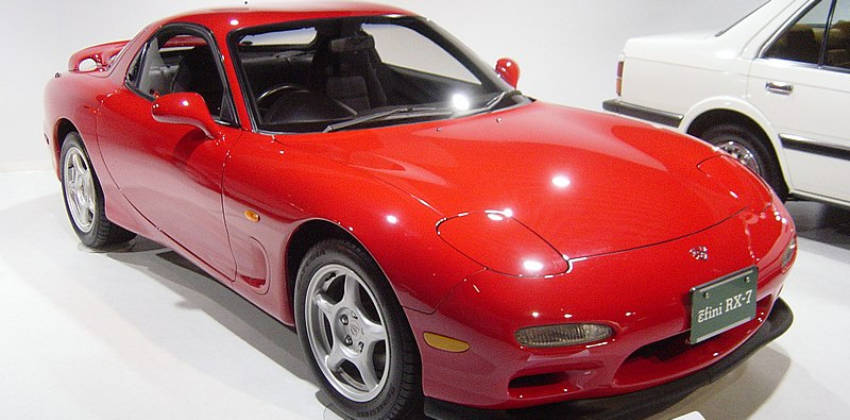Why Mazda RX-7 is Still Famous Even Today

Japanese car maker Mazda Motors has made a name for itself when it launched the first mass-marketed sports car and world's first-ever rotary-powered vehicle—the Mazda RX-7.
Launched in 1978, it cemented the company's rotary-engined sports car in the minds of driving enthusiasts around the world.
 From Wikipedia
From Wikipedia From Wikipedia
From Wikipedia
 From Wikipedia
From WikipediaEvolution and Legacy
Kenichi Yamamoto, together with his team of engineers, developed Mazda’s first rotary engines in the 1960s. They overhauled the 12A engine and made significant changes in its fuel economy. His team came up with durable apex seals, which improved the rotary engine's lubrication. They helped in designing the ideal vehicle for the rotary engine, which was "small and light yet smooth running, powerful and rev-happy". According to them, this type of engine is "perfect for a sports car", and the RX 7 was closest to this description. With its "sleek, low-slung coupe, wedge shaped nose and wraparound window on the rear hatch", it "was built specifically for this engine". From Wikipedia
From WikipediaAlso Read:
Mazda RX-7 Celebrates 40th Year
BUYER'S GUIDE: 2019 Mazda 3
Featured Articles
- Latest
- Popular
Recommended Articles For You
Featured Mazda Cars
- Popular
Mazda Car Articles From Zigwheels
- News
- Article Feature
- Road Test
